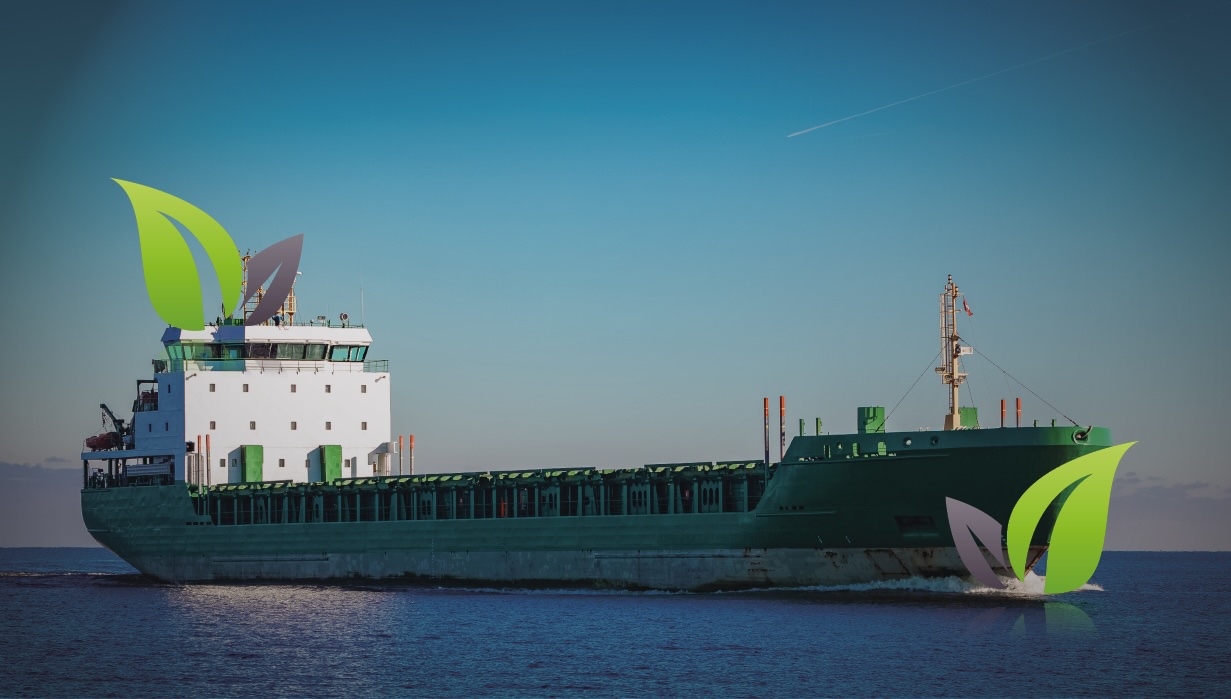Imagine a container ship carrying your morning coffee from Colombia to your city. But instead of running on fossil fuels, it’s powered by biofuels extracted from restaurant grease collected in Bangkok. That’s the promise of biofuels. Made from biogenic materials like waste oils, agricultural residues, or energy crops, they are a bridge to net-zero emissions, especially in industries like aviation and shipping, where electrification isn’t practical.
Today, global biofuel production sits at approximately 47 million metric tons per year, but consumption is projected to surge to 224 million metric tons by 2030 — a nearly fivefold increase that underscores both the massive scaling challenge and unprecedented opportunity to build next-generation supply chains.
One Category, Many Fuels: Understanding the Biofuels Landscape
Biofuels come in many forms, each serving specific applications based on technical requirements, regulatory frameworks, and economic realities.
Biodiesel (FAME) is a renewable fuel made from vegetable oils, animal fats, or recycled grease. FAME (Fatty Acid Methyl Ester) is the chemical name for the molecules that make up most biodiesel produced today, which is then used as a blending component for conventional diesel in vehicles.
Renewable diesel, also known as Hydrotreated Vegetable Oil (HVO), is chemically identical to petroleum diesel. It’s used as a drop-in replacement oil, running in existing engines without modifications.
Bioethanol is produced from plants like sugarcane or corn. Commonly used as a fuel blendstock, bioethanol is blended with gasoline for road transportation.
Sustainable Aviation Fuel (SAF) is an alternative for airplanes produced from used cooking oils (UCO) and agricultural waste. SAF remains the only near-term pathway for decarbonizing air travel, though it is not yet widely scaled due to supply and cost challenges.
Marine biofuels are also gaining traction, as the shipping industry seeks decarbonization solutions. FAME can be blended with marine gas oil, while UCOME (Used Cooking Oil Methyl Ester) offers a waste-based alternative. Bio methanol, produced from organic waste and residues, represents another promising marine fuel pathway that can be used in modified engines or fuel cell systems.
Each of these fuels is a step toward a lower-carbon supply chain, but they depend on a critical input called feedstock.
Transforming Feedstock From Waste Streams to Energy Assets
Feedstock is the organic matter used to make biofuel. Traditional biofuels relied heavily on purpose-grown crops like corn, contributing to food-versus-fuel debates and deforestation worries. Modern biofuels are mostly made from different types of waste.
These include used cooking oil (UCO), tallow, and palm oil mill effluent (POME). UCO is exactly what it sounds like, with global collection networks now reaching restaurants around the world. Tallow is rendered animal fat, made from melting down leftover fat from suet or trimmings. POME is wastewater generated during the processing of palm oil.
As waste-based feedstock becomes more popular, new sources for collecting feedstock are emerging. For example, agricultural residues like rice husks, wheat straw, and corn stalks were once burned when they couldn’t be used. Now, they can become valuable revenue streams. Municipal waste facilities, algae, and forestry residues are other emerging feedstock sources.
Because feedstock quality varies significantly across regions and suppliers, sourcing requires sophisticated operational capabilities. Collection networks must engage many small suppliers while maintaining consistent quality standards, and storage and transportation require specialized handling to prevent degradation.
Navigating a Complex Regulatory Puzzle
The regulatory landscape adds even more complexity to the biofuels supply chain. Recent government policies aim to support growing demand, while defining standards for biofuels. For example:
- The European Union’s Renewable Energy Directive (RED) III establishes sustainability criteria and blending mandates to drive steady demand for certified biofuels. Under EU regulations, feedstocks are classified into Annex IX-A, which includes waste and residues with the highest sustainability credentials, and Annex IX-B, the advanced feedstocks. These different counting mechanisms and caps significantly impact market economics.
- The United States’ Inflation Reduction Act provides production tax credits that can significantly improve project economics.
- The International Civil Aviation Organization’s CORSIA framework encourages the use of low-carbon alternatives like SAF.
Yet these regulatory frameworks rarely align across regions. A biofuel qualifying for U.S. tax credits might not meet EU sustainability standards. SAF that complies with CORSIA requirements may face additional hurdles in specific national markets. While this results in a highly fragmented regulatory landscape, it also creates arbitrage opportunities for sophisticated traders and aggregators that can operate with agility.
XTS Commodities’ Approach: Building Global Feedstock Networks
XTS Commodities has built a global, feedstock-agnostic network to do just that. We apply a portfolio strategy, connecting fragmented feedstock sources with buyers across regulatory environments. Our strategy is based on the insight that every successful trade starts with reliable feedstock access.
We engineer reliability by:
- Securing supply redundancy across UCO, tallow, vegetable oils, and other emerging feedstocks to protect operations and balance seasonal shifts.
- Navigating and certifying feedstocks across regional standards to ensure materials meet the right certifications for each market.
- Leveraging geographic arbitrage so materials flow to regions with the highest value.
We handle the complexity that others avoid, benefiting suppliers seeking market access and buyers requiring compliance.
Incorporating Biofuels in Tomorrow’s Energy Mix
Biofuels alone won’t replace fossil fuels, but they are an essential transitional lever, especially in hard-to-abate sectors like aviation, maritime shipping, and heavy transport. As pressure mounts to decarbonize aviation, maritime shipping, and heavy transport, biofuels will play a critical role in the broader energy mix.
The path forward is complex. Land use constraints, feedstock volatility, infrastructure costs, and uneven policy support create real challenges. The energy transition will also unfold differently across regions based on local resource availability and regulations.
To scale effectively, companies must adopt diversified feedstock portfolios and build robust compliance capabilities across borders. The supply chains that can link global waste-based feedstocks to certified biofuels have become strategic assets, and the companies that can optimize these networks will help shape tomorrow’s energy landscape.


